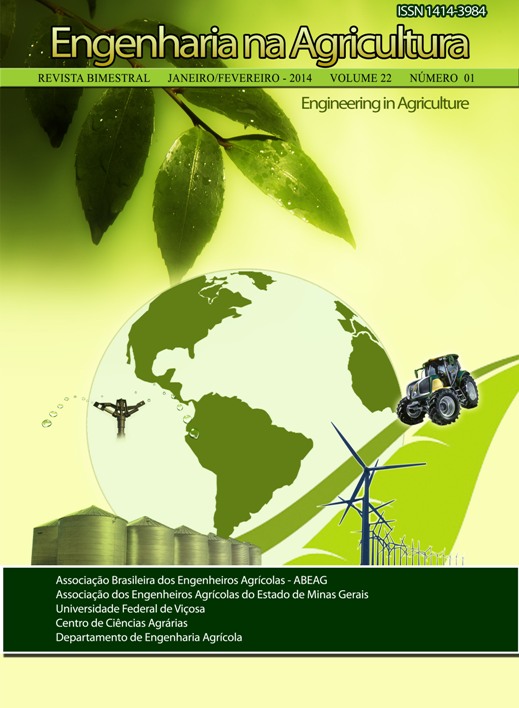REDUCTION OF THE VIABILITY OF HELMINTH EGGS IN LIME-TREATED SEWAGE SLUDGE - DOI: 10.13083/1414-3984.v22n01a05
DOI:
https://doi.org/10.13083/reveng.v22i1.423Keywords:
caleação do lodo, higienização, micro-organismos patogênicosAbstract
The agricultural use of sewage sludge is presented as one of the most viable alternatives for its disposal. However, for its adequate reuse it must first be stabilized. The aim of this study was to determine the concentration of viable helminth eggs present in sewage sludge, to evaluate the survival of the eggs in the sludge submitted to different reaction times with lime and classify the sludge, according to the CONAMA 375 Resolution, regarding its agricultural use. The experiment consisted of three treatments and four replications. The treatments consisted of: reaction of sewage sludge with the lime dose required to maintain the pH greater than 12 for 72 h, reaction of sewage sludge with the lime dose required to maintain the pH greater than 12 for 2 h, and sewage sludge without addition of lime. To compare the concentration of helminth eggs between treatments, generalized linear models were adjusted using the Poisson error distribution corrected for Quasi-Poisson, and submitted to the F-test. The sewage sludge treated for 2 h and 72 h promoted the inactivation of 93.75 and 99.32% of helminth eggs, where after treatment the sludge was classified as Class B and Class A, respectively. From a sanitary view the time of 72 h resulted in a safer sludge for agricultural use.Downloads
Downloads
Published
How to Cite
Issue
Section
License
Authors who publish with this journal agree to the following terms:
The author(s) authorize(s) the publication of the text in the journal;
The author(s) ensure(s) that the contribution is original and unpublished and that it is not in the process of evaluation by another journal;
The journal is not responsible for the views, ideas and concepts presented in articles, and these are the sole responsibility of the author(s);
The publishers reserve the right to make textual adjustments and adapt texts to meet with publication standards.
From submission, the author is fully conceding the paper's patrimonial rights to the publication, but retaining the owner of its moral rights (authorship and paper's identification) according to Creative Commons Attribution-Noncommercial.








 Licensed by
Licensed by 